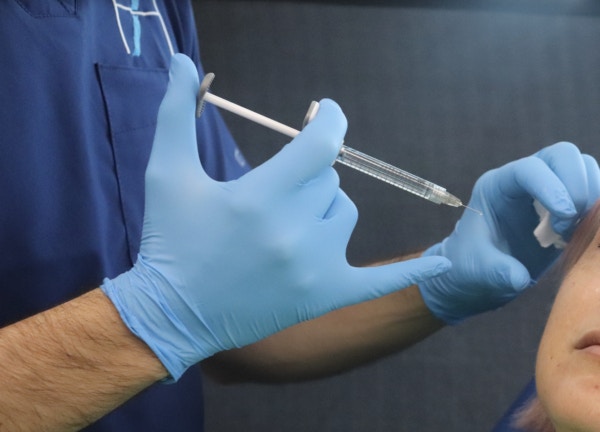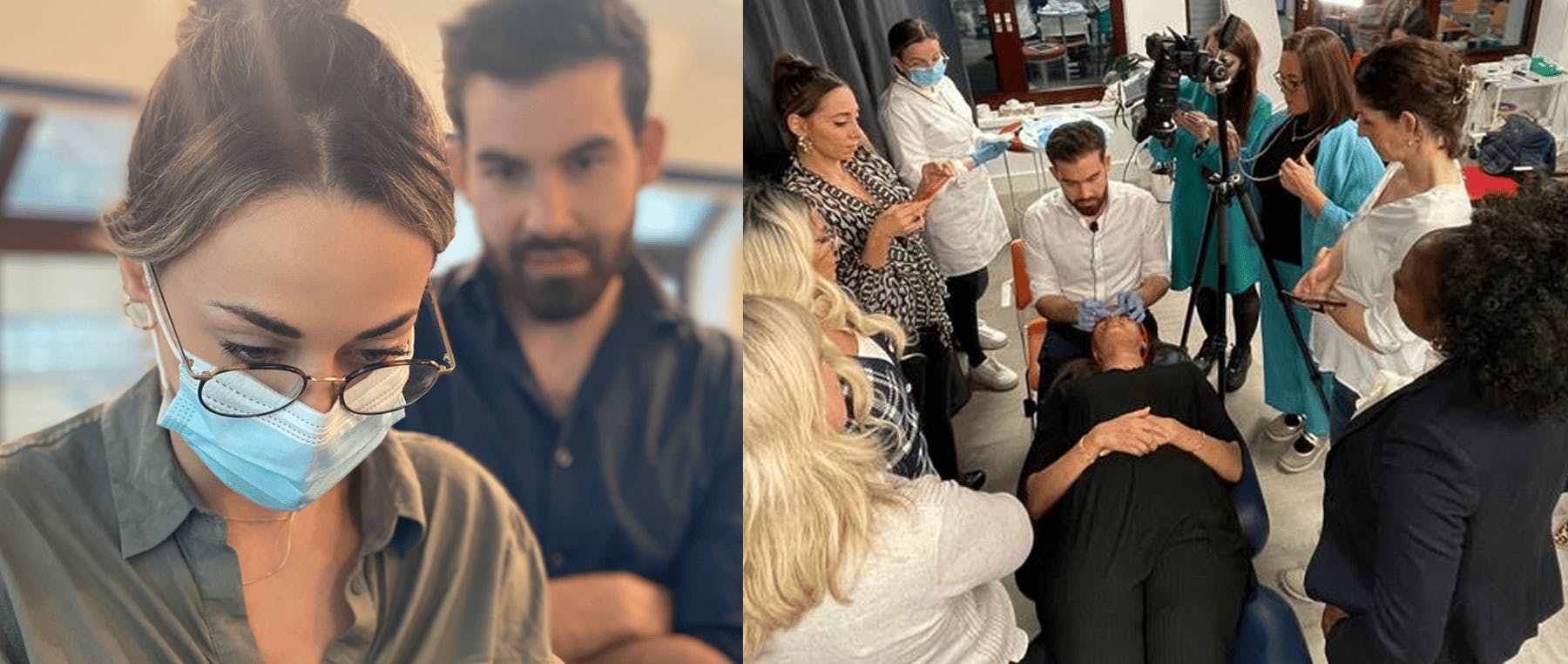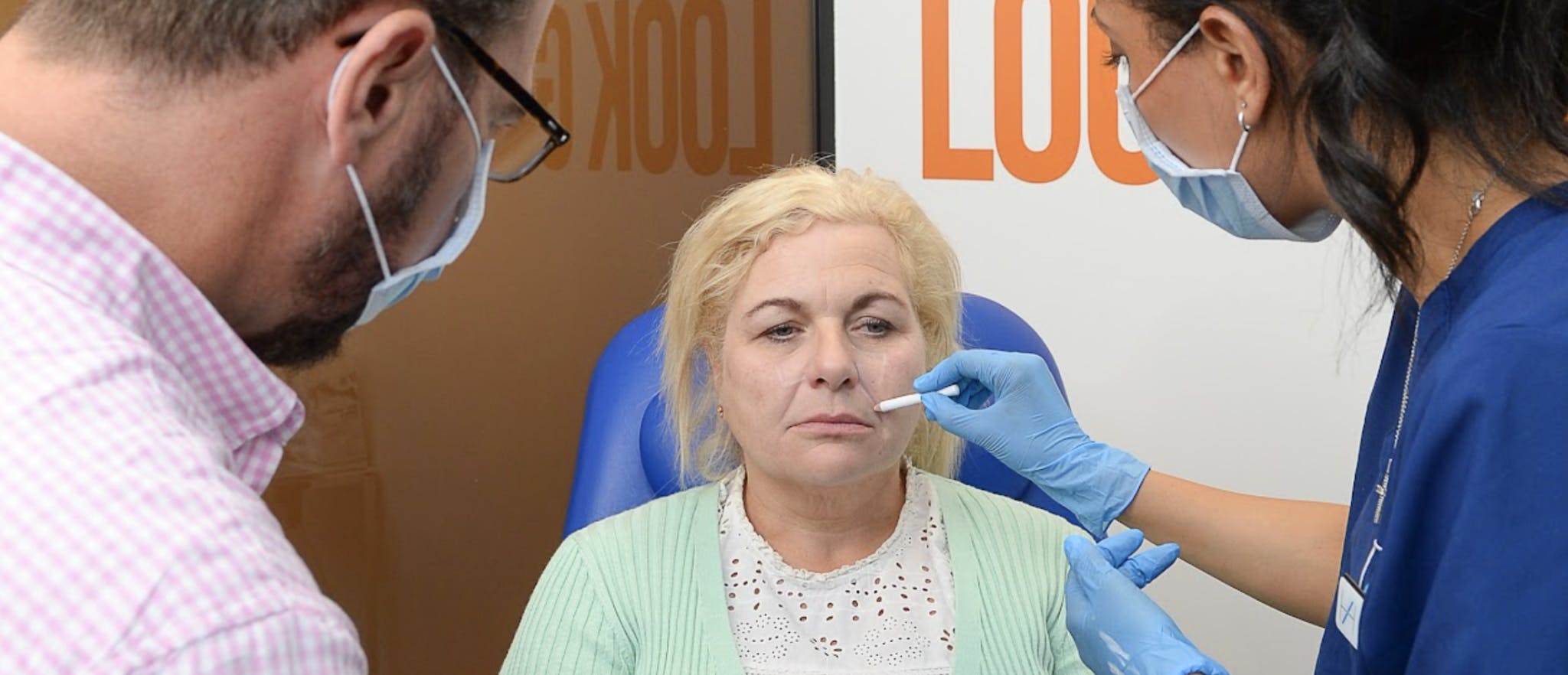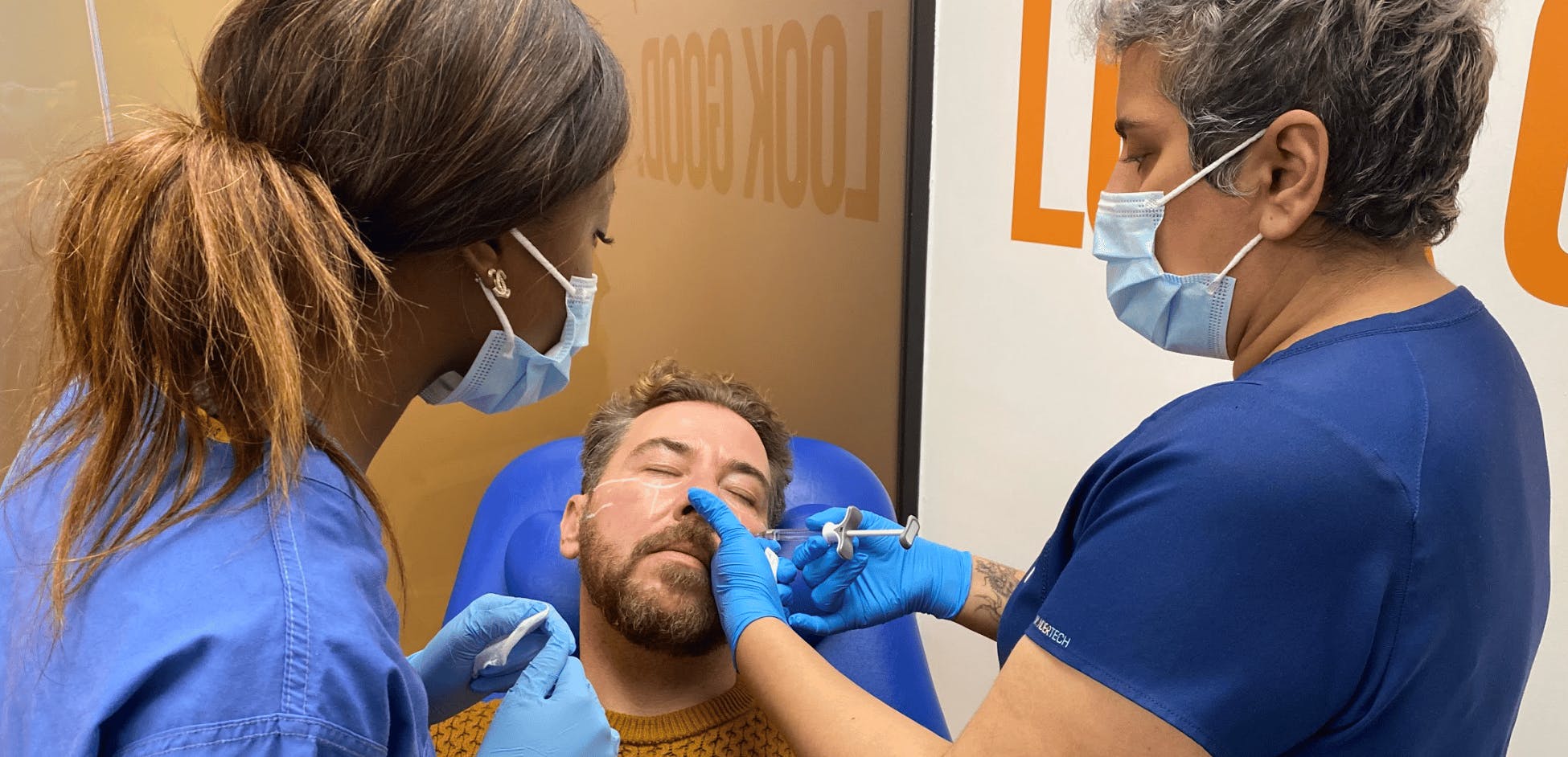Dr Tristan on Key Skills for Aesthetics Practitioners

What are the key skills for aesthetics practitioners? Sure there’s the foundational knowledge relating to anatomical knowledge, safety and injecting skills. But what are the skills that make a technician into a specialist?
We asked Dr Tristan Mehta, creator of the Level 7 in Injectables qualification and founder of Harley Academy, for his expert advice.
Here are four of the top skills he recommends all aesthetics practitioners develop...

1. "GOOD HANDS"
“One of the things I’m fixated on in medical aesthetics is the actual skill you have holding a syringe with a needle or with a cannula,” says Dr Tristan.
“This is something that we don’t focus on and talk about enough. We can talk all we want about complications management and anatomy and different fillers. But ultimately, how good are you with your hands?”
“How good are you, and how precise, and how stable are you?”, he asks. “What do you know about how to inject to make things easier for you and more comfortable for your patient?”
Manual dexterity is something that can obviously be improved with regular practice. However, there are also various tasks, tools and hobbies that can help with this too.
Ways for aesthetics practitioners to improve manual dexterity:
- Play a musical instrument
- Knitting, sewing or crochet
- Practice origami
- Stretch your fingers using elastic bands or small resistance bands used in finger rehabilitation
- Play with manual dexterity toys such as fidget spinners
- Practice picking up small objects using tweezers
- Build up hand strength by squeezing paper, clay or Play-Doh into a ball
2. AN UNDERSTANDING OF THE BREADTH OF PATIENT TYPES
“We often get questions about treating different patient types. Injecting men with ‘tough skin’, for example,” notes Dr Tristan.
“Sometimes you’ll notice when you’re treating the cheeks, the tissues are very responsive. You get a beautiful result, it doesn’t bleed and the patient’s happy.”
“Sometimes you’re going to inject a patient and you’re not going to see a big result,” he cautions. “Maybe you’re going to find it tough to get through the tissues and the patient is very bruised by the end of it.”
“Your job as an injector is to accept that there’s going to be a huge variety of patient types,” he confirms.
Whilst training, try to make sure you see as many different patient types and as many different presentations as possible. The more hands-on aesthetic training you do under the guidance of a mentor, the better prepared you’ll be when you start practising on your own.

3. A FINESSED APPROACH THAT MINIMISES THE RISK OF VARIABILITY
When considering all the different patient types, you need to be ready for anything.
“Your approach has to be so finessed that you’re always minimising the risk of variability,” advises Dr Tristan. “This applies whether you’re treating a patient who’s considered straightforward or one that’s more challenging.”
At Harley Academy, training in a working aesthetics clinic allows you to develop your approach under the expert supervision of our mentors. Each mentor is a specialist injector in their own right outside of their clinical training roles. As such, each will have their own unique insights and advice to pass on.
Every piece of information and guidance they impart can help you to shape your own, personal approach to aesthetics. So if you train with us, come to your mentoring sessions with an open mind, ready to soak this knowledge up like a sponge!
4. SOLID INTUITION
Whether it’s patient selection, product choice or injecting techniques, as a medical professional, you should really hone your intuition.
“You need to almost anticipate when someone isn’t going to be able to be as responsive for certain treatments,” says Dr Tristan.
“For example, if someone has quite elastotic skin and is perhaps in the later decades of life, the envelope around the face is a bit looser. That means you can inject three or four mls of filler and it still won’t create as much projection and change in the tissues as you’d have otherwise seen in someone who’s younger.
“Patient selection and understanding the difference between the different kinds of cases you’ll experience, will massively affect the kind of outcomes you can get.
“I think that you have to take it upon yourself as an injector to be able to understand those different varieties of cases. You also need to have the same principles for how we’re injecting, to be as effective as we can with the products and the needles that we have.
Having solid intuition can help you most when it comes to patient selection. It can be particularly useful when sounding the alarm for patients you perhaps shouldn’t be treating. Again, knowing when a patient is not suitable, is a crucial skill all aesthetics practitioners need to develop.

LEVEL UP YOUR AESTHETIC PRACTICE WITH A LEVEL 7 DIPLOMA
If you’re pursuing aesthetic excellence, the Level 7 Diploma in Botox & Dermal Fillers is for you.
Open to licensed doctors, dentists, nurses and midwives, our Ofqual-regulated Diploma is widely respected. Harley Academy has 10 times more graduates than any other UK aesthetics training school, due to our approach.
Grounded in anatomy and backed by self-paced eLearning, this Master’s level course is heavy on practical, one-to-one mentored injecting. We understand the importance – and benefits – of learning in a real world environment.
Doing so allows for a more personal, intimate learning experience so you can really take everything in. We encourage you to develop your artistic eye as well as your technical skills and theoretical knowledge. Putting all these elements together allows for a well-rounded, safe and confidence-inspiring aesthetics education to help you stand out from the crowd.
To learn more, book a call with our courses advisors or attend our next Aesthetics Careers Open Evening event. We’re sure you’ll find your perfect pathway!
All information correct at the time of publication.
Download our full prospectus
Browse all our injectables, dermal fillers and cosmetic dermatology courses in one document
By submitting this form, you agree to receive marketing about our products, events, promotions and exclusive content. Consent is not a condition of purchase, and no purchase is necessary. Message frequency varies. View our Privacy Policy and Terms & Conditions
Attend our FREE open evening
If you're not sure which course is right for you, let us help
Join us online or in-person at our free open evening to learn more
Our Partners














STAY INFORMED
Sign up to receive industry news, careers advice, special offers and information on Harley Academy courses and services

